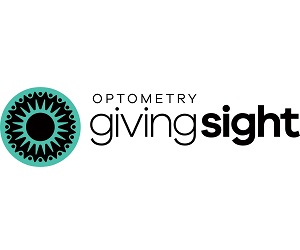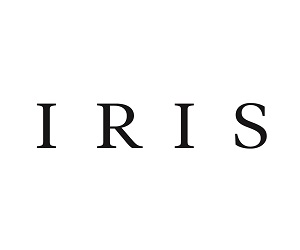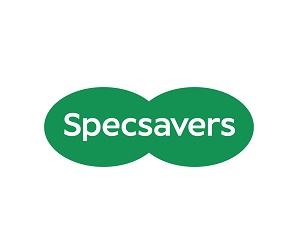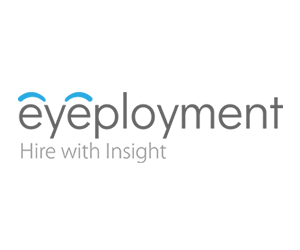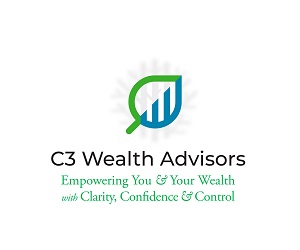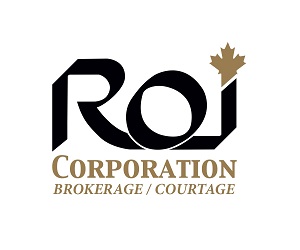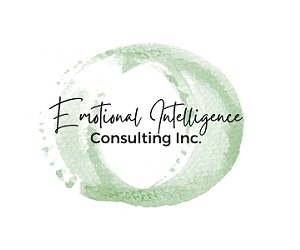
It is more important than ever to win the war for talent
The press lately is flooded with coverage of the talent shortage and hiring crisis, and it’s an ugly picture for any organization that runs on people. Until the robots rise up and free us all up to do higher value work, we still need a workforce to keep the wheels turning (literally).
All executives are abundantly aware of this crisis, but few truly know what to do about it.
Traditional recruitment approaches are dead. Truth is, they have been dead (ineffective, damaging, costly) for a long time, it’s just in our face more than ever before. Attracting qualified applicants requires a more strategic approach. You can weather the storm and win the war for talent – you just need to act differently than your competition.
The secret to hiring (and retaining) great employees is not what most people think it is.
Good hiring does not start with screening pools of resumes. Period.
If you (or worse, an AI in your Applicant Tracking System) are relying on the resume as the ‘admission ticket’ to decide who you’ll look at and who you’ll ignore, you’re missing out. Credentials, education, and experience may be non-negotiable qualifiers for a small handful of your open positions, but they are not reliable predictors of how an employee will perform for you or how long they will stay. The degree to which an employee is engaged in their job determines how long they will stay, how productive they will be, how happy your customers will be, and how much money they will make you.
So, how do you go about finding people who are going to be engageable? Well, you can’t mandate it or even ask for it. Engagement itself is the outcome of fit, and the best predictor of how engaged a person will be is fit across four different levels.
Fit between employee and their direct manager
This is self-evident and well documented, but most organizations pay little or no attention to getting it right, opting instead to throw people together and hope they jive.
Fit in their role
How much of an employees’ time will be spent drawing from their strengths, performing tasks that interest them and for which they have a natural affinity?
Fit with their coworkers, internal or external customers, and others
Will the employee enjoy interactions with key people, or will they find them stressful?
Fit with the company’s culture, values, and mission
Does the employee feel they are contributing to something worthwhile, and that they are in a place that’s right for them?
Here’s the real secret – if you don’t place a premium on (and invest resources in) getting the fit right, and if managers aren’t focused on using the tools at their disposal to build and nurture productive relationships with and between each of their people, you’ll never achieve and sustain the levels of engagement that are required to achieve your turnover, productivity, satisfaction, and financial targets.
Hire right, right from the start.
This post is sponsored by EyePloyment.com and Fit First Technologies

TIM BRENNAN
is Chief Visionary Officer with Fit First Technologies Inc, the creators of Eyeployment, TalentSorter and Jobtimize.











